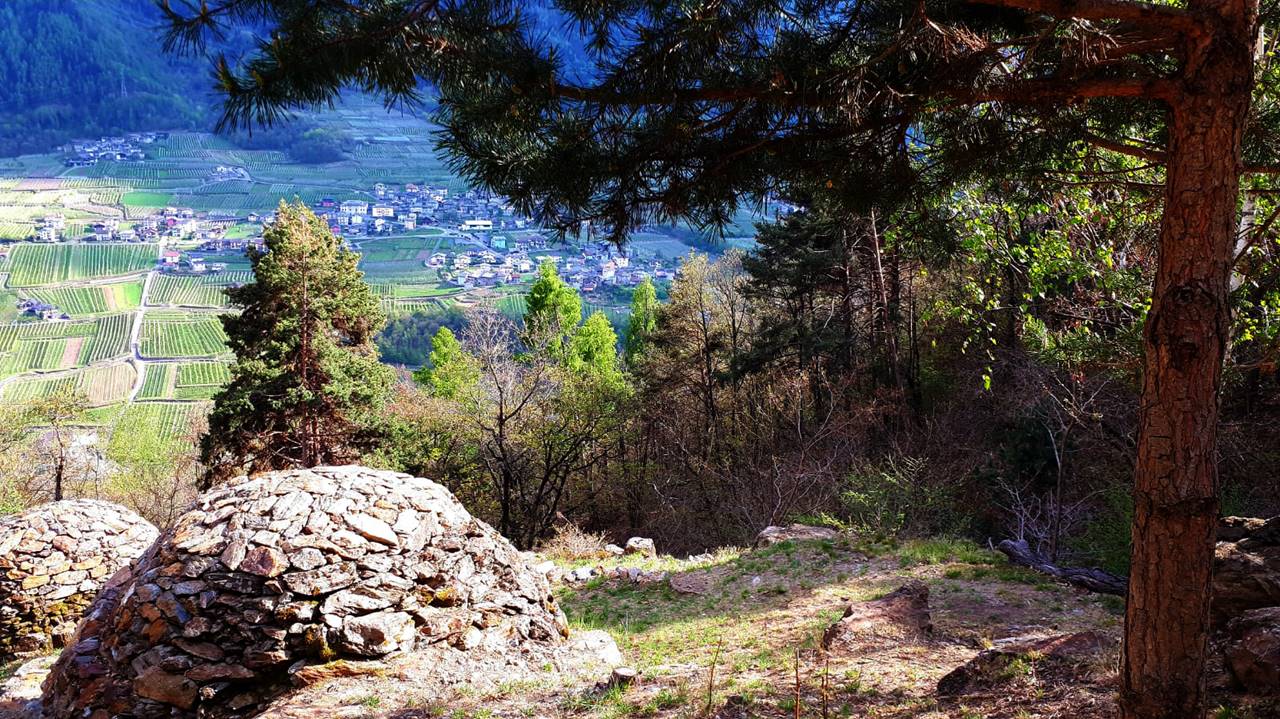
VALTELLINA VALLEY AND VINEYARDS
Nestled amidst the majestic Swiss Alps, Valtellina is a land of captivating contrasts and breathtaking beauty.
Stretching from the towering peaks of the Trivio di Fuentes to the gentle slopes of Punta Parrocchetti, this verdant valley is a symphony of nature's wonders. With its soaring glaciers and sun-kissed vineyards, Valtellina is a testament to the power of human ingenuity, where "heroic wines" are born from meticulous care and a deep understanding of the land.
A Journey through Time and Tradition
Valtellina's allure extends far beyond its natural splendor. Its charming villages, each with its unique identity, are a testament to the valley's rich history and vibrant culture. Embark on a journey through time as you explore the enchanting towns that dot this alpine landscape.
Bormio: Renowned for its world-class ski resorts and the awe-inspiring Stelvio National Park, Bormio boasts a captivating historic center that whispers tales of a prosperous past.
Grosio: Surrounded by lush pastures and ancient castles, Grosio is home to the Parco delle Incisioni Rupestri, a treasure trove of prehistoric rock carvings that offer a glimpse into the valley's distant past.
Tirano: A UNESCO World Heritage Site, Tirano is a crossroads of cultures, where Italy and Switzerland converge. Here, you'll find the Sanctuary of the Virgin Mary, a testament to faith and devotion, and the Bernina Red Train, a scenic railway that winds its way through the breathtaking Alpine landscape.
Teglio: Steeped in history, Teglio is home to Palazzo Besta, a magnificent Renaissance villa that embodies the spirit of the Humanist era. Stroll through the town's narrow streets and discover its hidden gems.
Ponte in Valtellina: Nestled along the banks of the Adda River, Ponte in Valtellina is a quintessential rural village, its charming streets adorned with cobblestones and its church graced with a masterpiece by Bernardino Luini, a Renaissance master.
Sondrio: The provincial capital, Sondrio is a vibrant hub that reflects the valley's administrative and cultural significance. Visit the Castello delle Storie di Montagna (CAST) museum, housed within the imposing Castel Masegra, and immerse yourself in the rich tapestry of mountain life.
Morbegno: A center of ancient trade, Morbegno owes its prosperity to the opening of the Strada Priula, the "salt road" that connected the Grisons region to Venice. This legacy of commerce is evident in the town's artistic vitality.
Valchiavenna: A verdant valley nestled at the foot of the Alps, Valchiavenna is home to Chiavenna, a charming town with a rich history. Its Renaissance-era center exudes an air of ancient charm, while the nearby Palazzo Vertemate, a 16th-century country residence, stands as a testament to the region's noble heritage.
Valtellina: A Destination Awaits
With its captivating landscapes, charming villages, and rich cultural heritage, Valtellina is a destination that promises an unforgettable experience. Whether you seek the thrill of adventure, the tranquility of nature, or the allure of history, Valtellina has something to offer everyone.